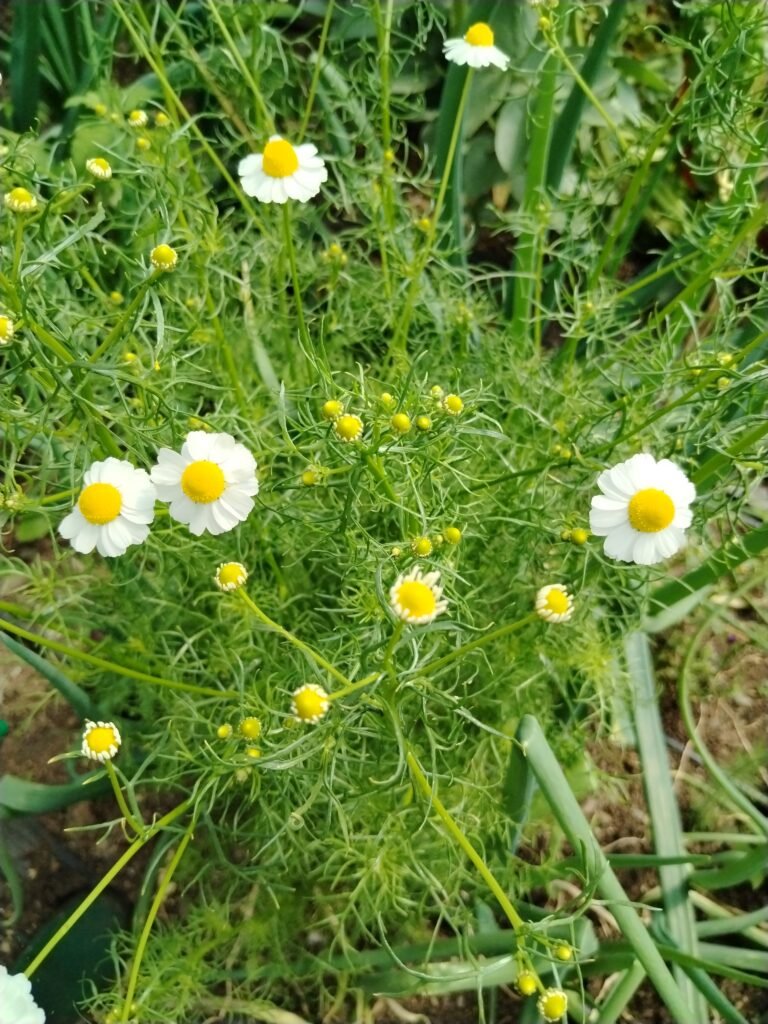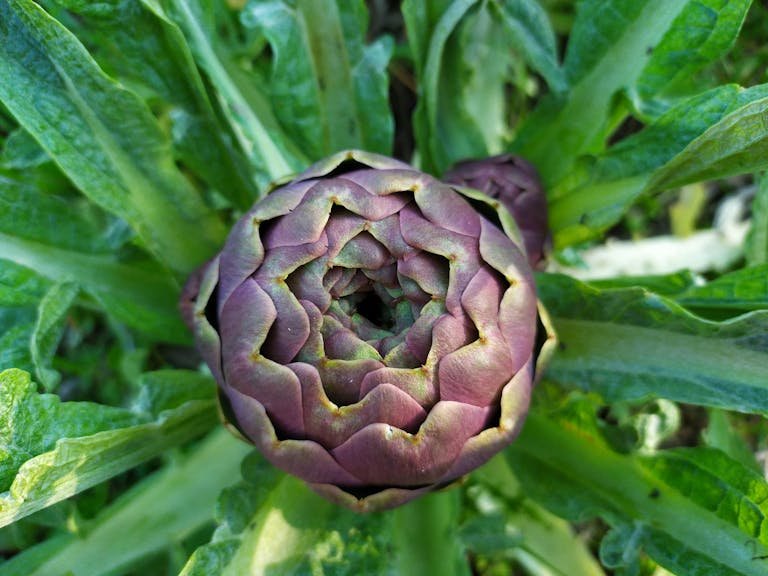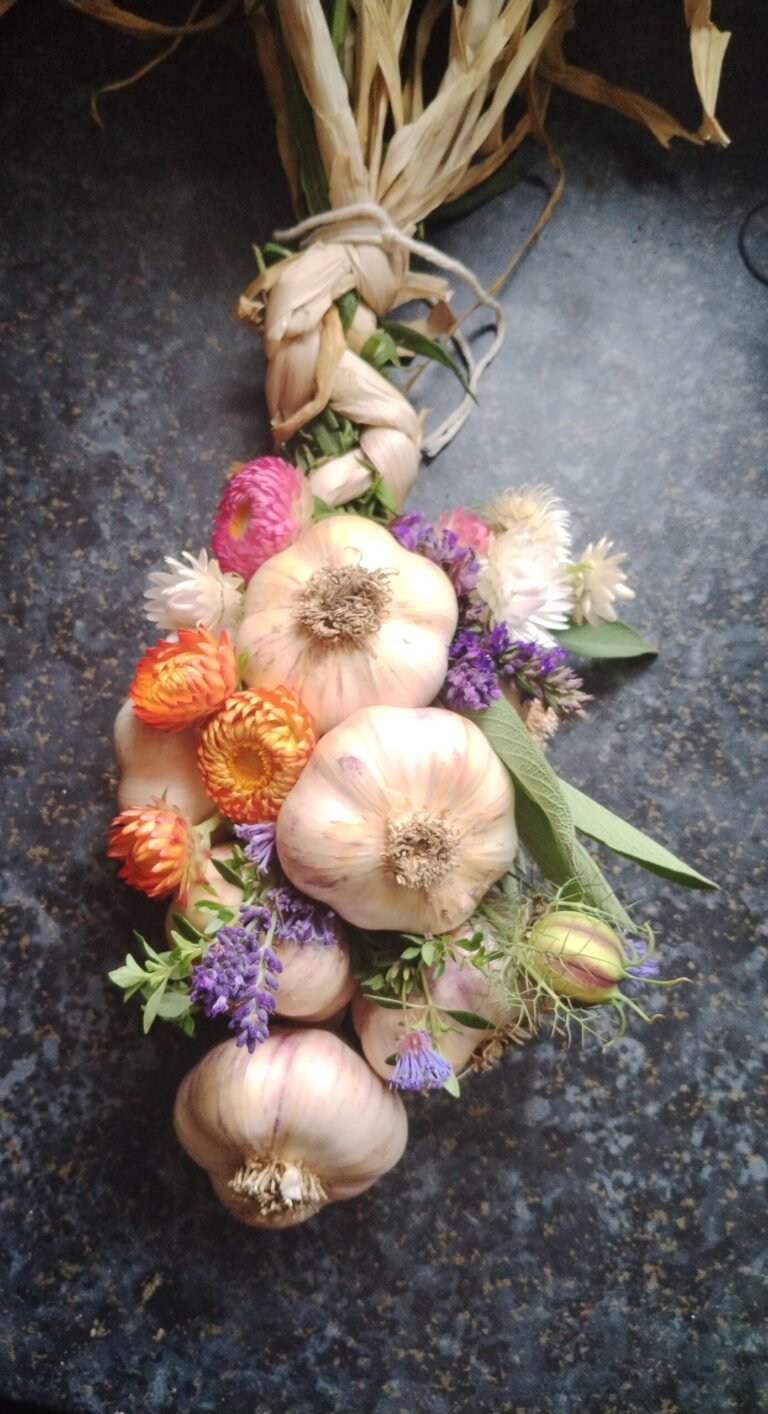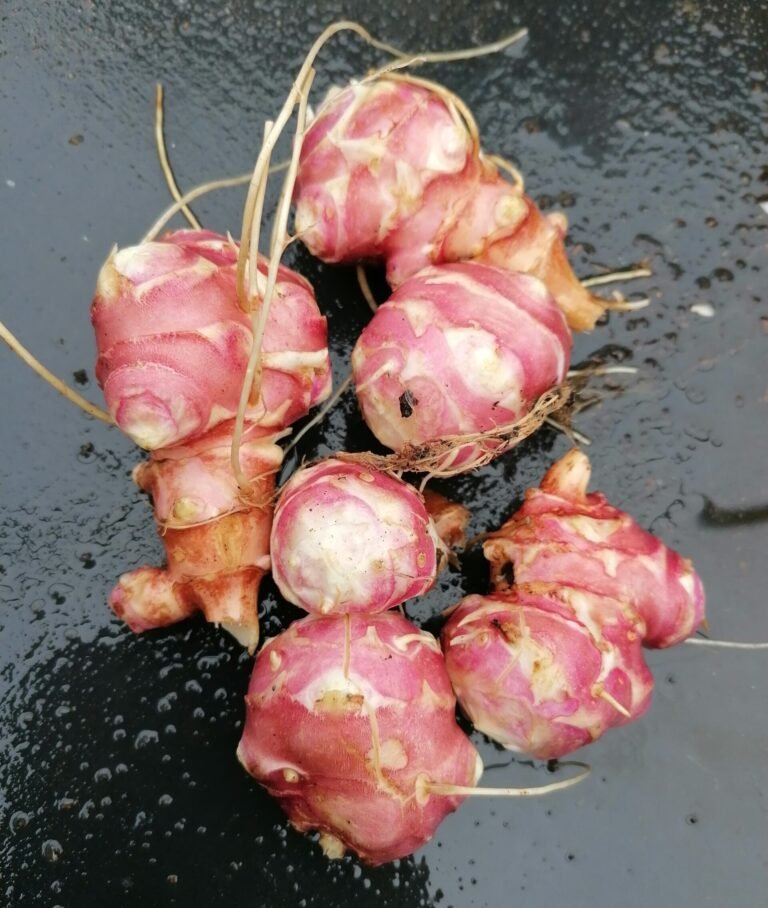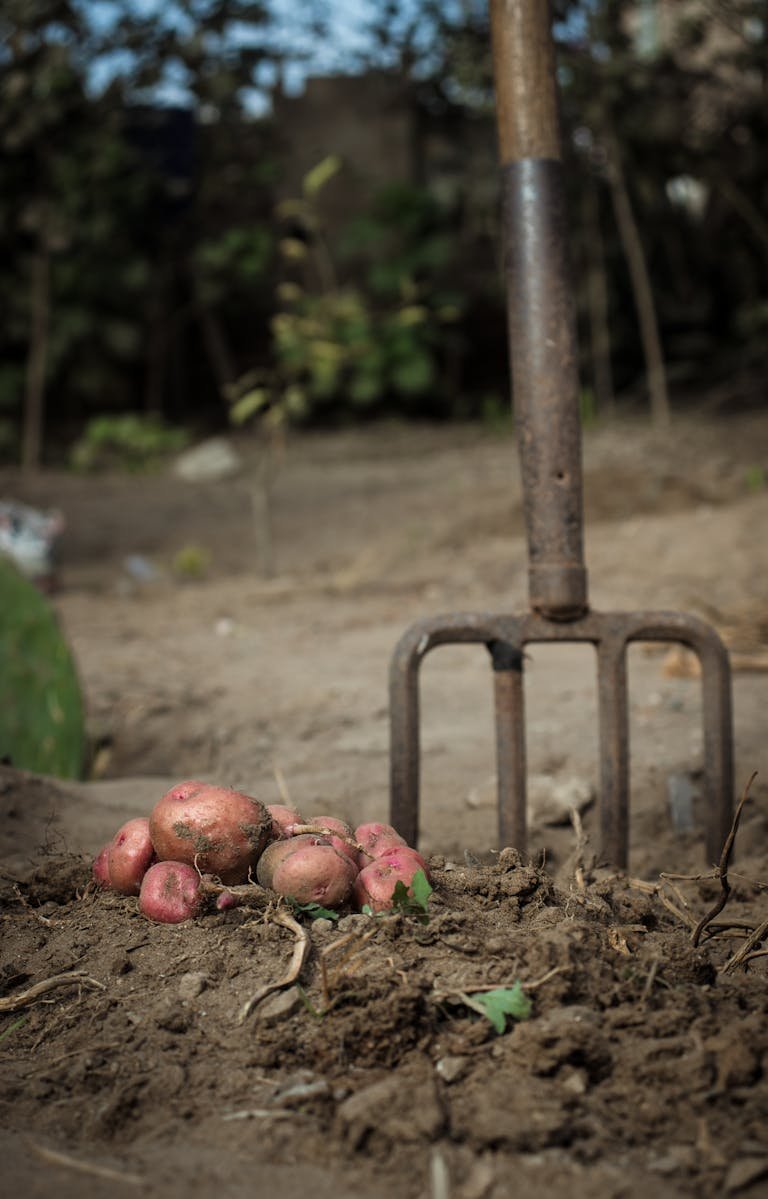February might seem like the dull, in-between month that has everyone’s head down, gardening definitely helps to lift it —it’s too late for winter dreams, too early for spring blooms. But let me tell you a secret: this is where the real magic starts. Think of it as the backstage pass to your best garden yet. While the world still looks sleepy, slightly miserable, every extra minute of daylight is nature’s quiet nudge: Get ready.
Those crisp mornings? They’re buzzing with potential. The soil may be cold, but it’s stirring. Trees may look bare, but they’re waking up. And you? You’re not just waiting—you’re laying the groundwork for a season of abundance.
Right now, every small action carries weight. Sorting seeds? You’re setting the stage for summer feasts. Cleaning tools? That’s a handshake with your future harvest. Prepping the greenhouse? It’s like giving your plants a head start in the ultimate growing race. Even flipping through seed catalogs counts—you’re crafting the story of your garden before the first sprouts even appear.
And those brief warm spells? They’re not just a tease; they’re invitations. A call to tuck a few hardy seeds into the ground, to check on your overwintered crops, to start that first hopeful batch of seedlings indoors. This isn’t just garden prep—it’s a quiet rebellion against winter’s last grip.
Here’s the truth: the lushest gardens of summer belong to the gardeners who put in the work now. February is when the dreamers get ahead, when a little effort turns into a whole season of beauty. So grab that warm mug, pull on those cozy socks, and let’s get planting. Spring is coming—you’re just helping it along.
Some of the links in this post are affiliate links, including links to products on Amazon. This means if you click and make a purchase, I may earn a small commission at no extra cost to you. I only recommend items I genuinely love and believe could add value to your life. Thank you for supporting this blog—it helps keep the content free and full of ideas just for you!
Indoor Sowing Essentials
Let’s talk about turning your windowsill into a full-blown baby plant nursery. February is prime time for indoor seed starting, and trust me—this is where the magic begins. Those lengthening daylight hours? They’re not just a tease; they’re nature’s way of waving a green flag, telling your seeds to wake up and get growing.
Step one: gear up like a seasoned plant parent. A good seed-starting setup is your secret weapon. MQFORU Seed Trays with Grow Light (2-pack, 80 cells) are a game-changer, giving your seedlings adjustable brightness and humidity control. Pair them with a heat mat to keep your soil at that perfect germination temperature—because happy seeds mean strong, thriving plants.
Now, let’s meet the VIPs of February seed starting—the future stars of your garden:
- Tomatoes (main crop varieties) – Because your future self will thank you when you’re drowning in caprese salad.
- Sweet and chili peppers – Every garden needs a little spice.
- Summer brassicas (cabbage, cauliflower) – The cool kids of the veggie patch.
- Brussels sprouts – Playing the long game for winter’s best comfort food.
- Celery and celeriac – The unsung kitchen heroes.
- Early salad crops – Fresh, homegrown greens = instant happiness.
- Annual flowers (snapdragons, marigolds, cornflowers, cosmos, and sweet peas) – Because color belongs in every corner of your garden.
Want to give your seeds the best possible start? A propagator is basically a VIP lounge for heat-loving plants like peppers and tomatoes, keeping them warm and thriving.
Oh, and if you’re ready to really level up your gardening game, grab “The New Organic Grower” by Eliot Coleman—it’s like a plant whisperer’s handbook.
Every seed you sow now is a tiny promise of summer’s bounty. You’re not just planting—you’re curating a masterpiece, one windowsill at a time.
Early Outdoor Planting
Just because winter is still lurking doesn’t mean we have to sit around twiddling our (cold) thumbs. Those rare dry days? That’s your cue. Cloches, fleece, and cold frames aren’t just accessories—they’re your plants’ personal bodyguards, standing between them and those sneaky late frosts. Suit up, because we’re getting things in the ground.
Meet the First Wave of Garden Warriors:
- Broad beans – The unshakable tough guys of the vegetable world.
- Early peas – Rocking their cloche protection like tiny green superheroes.
- Jerusalem artichokes – The weird, lovable cousins that somehow steal the show.
- Shallots and onion sets – Tiny flavor bombs in training.
- Early potatoes – For the warm-climate gladiators ready to take on the season.
- Hardy herbs – Because resilience isn’t just for root crops.
- Second early potatoes – Living their best life under the safety of a polytunnel.
Pro Gardening Hack: Mulch Like You Mean It
Think of mulching as giving your soil a VIP treatment—nutrients, protection, and a serious head start. Spread that compost or well-rotted manure like you’re frosting a cake. It’s the easiest way to feed your plants while giving weeds a one-way ticket out of your garden.
Thinking About Jerusalem Artichokes?
If you haven’t grown these quirky giants yet, you’re missing out. They’re tall, delicious, and ridiculously low-maintenance. I’ve got a full guide on how to grow them like a pro—check it out: Discover the Magic of Jerusalem Artichokes in Your Garden


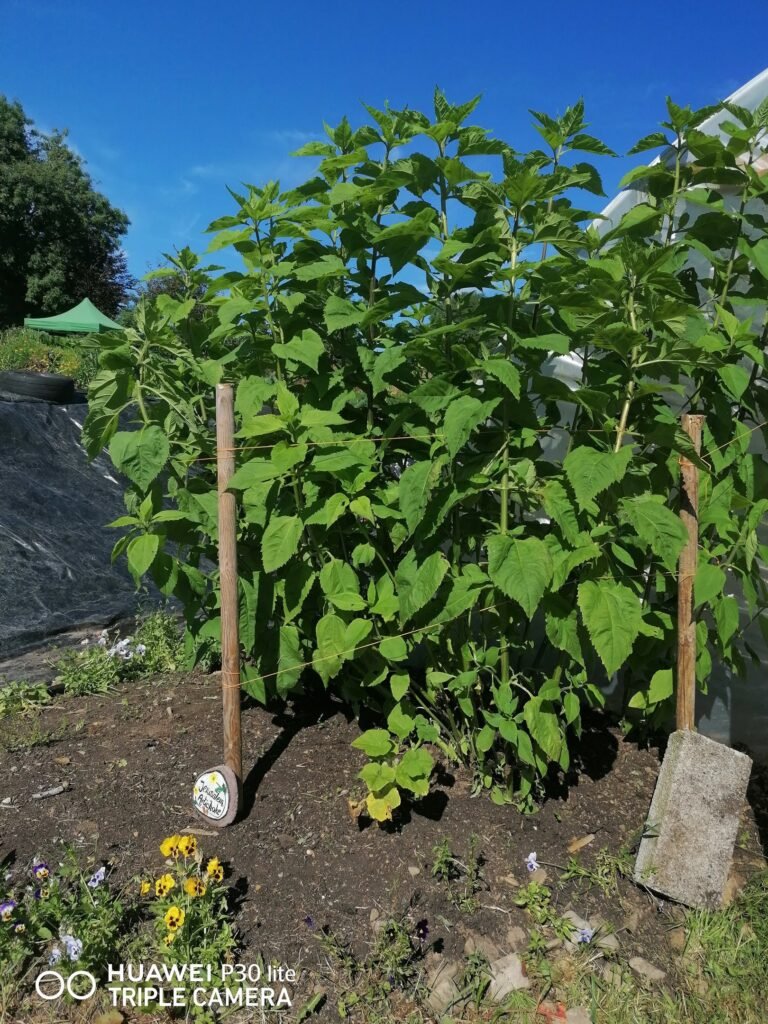
Every plant you tuck into the soil right now is a little act of defiance against winter. You’re not just gardening—you’re starting a green rebellion.
Protected Growing Tasks
A polytunnel in February is like a secret weapon—tucked away from the frost, quietly working behind the scenes to give your plants a head start. While the garden outside sulks in the cold, your greenhouse is where the real action begins. But a little neglect, and it turns into a jungle of condensation, leggy seedlings, and forgotten tools. Time to set things right:
- Ventilation is everything. A rare sunny day in February can turn your polytunnel into a subtropical sweatbox. Crack a window, let it breathe.
- Soil needs love, too. Toss in some rich organic compost—your future seedlings will thank you.
- Light is gold. Give those greenhouse panes (or polytunnel plastic) a good scrub. More light = happier plants.
- Temperature checks aren’t just for hypochondriacs. A dodgy thermometer or a failing heater could spell disaster for your early sowings.
- Hardening off isn’t optional. Your seedlings have been coddled indoors—ease them into the real world before sending them out full-time.
- March is coming. Get your staging areas ready because next month, things get real.
And if you’re still battling the elements without a solid growing space, maybe it’s time. A VEVOR polytunnel can change the game—more crops, fewer worries, and a garden that hits the ground running when spring finally rolls in.
Soil Preparation
February might still be chilly, but it’s prime time to get hands-on with your soil—as long as it’s not a waterlogged, squelchy mess. Think of this as prepping the stage before the big spring performance. A little effort now means your plants will have the perfect home to stretch their roots when the growing season kicks in.
Here’s how to give your soil some love this month:
- Warm it up – Cloches or black plastic work like a cozy blanket, helping to nudge soil temps higher for early planting.
- Feed the future – A good dose of organic matter (compost, well-rotted manure) sets the stage for nutrient-rich, happy soil.
- Check the balance – Test your soil pH and tweak it with amendments if needed—because not all dirt is created equal.
- Expand your growing space – New beds, fresh plots, a broadfork is your best friend- it’s been mine the last couple of days anyways. Unlike tilling, it aerates the soil without causing chaos beneath the surface—an essential tool for any no-dig gardener.

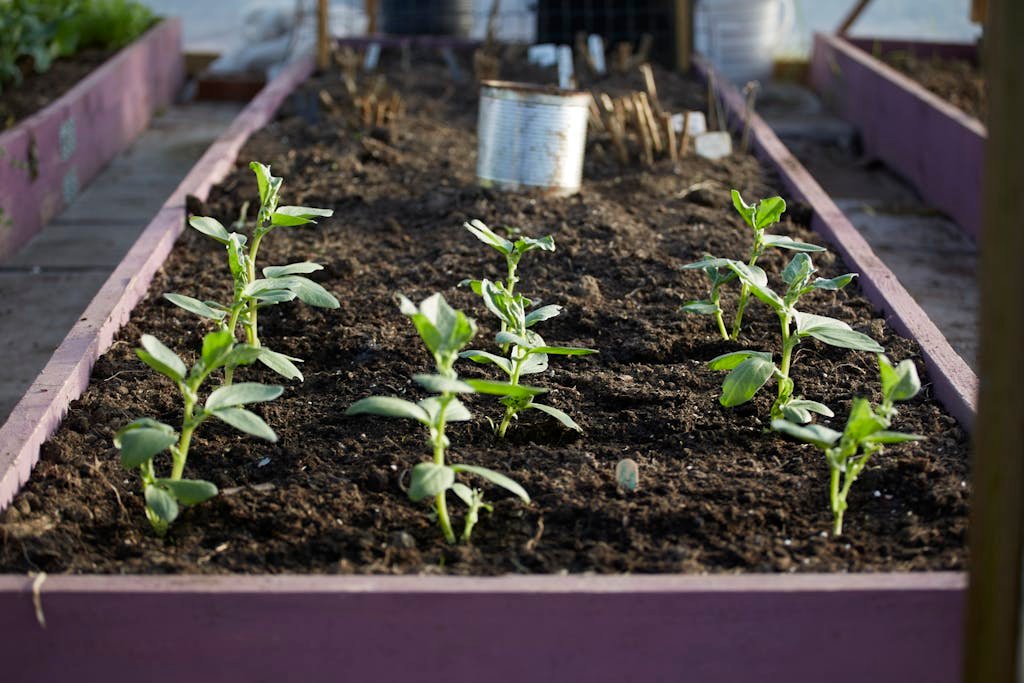

Tend to your soil now, and it’ll repay you in spades come planting time!
Pruning and Maintenance
February is the last call for many pruning jobs before plants shake off their winter slumber and dive headfirst into spring growth. Get those sharp, clean pruners ready—because nothing says “I care” like a fresh, strategic trim.
What to prune now:
- Fruit trees – Finish up winter pruning while the branches are still bare.
- Autumn-fruiting raspberries – Chop those canes right down to the ground for a fresh start.
- Late-flowering clematis – Snip back last year’s growth to keep it blooming strong.
- Ornamental grasses – Give them a good haircut before new growth kicks in.
- Hellebores – Remove old leaves to keep those early blooms looking fresh and disease-free.
- Perennials – Divide and replant overcrowded clumps to keep them thriving.
A good prune now means stronger plants, better flowers, and bigger harvests down the line. And if you’re second-guessing where to snip, Pruner’S Handbook is a lifesaver—think of it as your go-to guide for pruning like a pro.
Take your time, make those cuts count, and your garden will reward you with a season of lush, healthy growth!
Planning Ahead: Love Letters to Your Future Garden
February might still have a chill in the air, but let’s be honest—your heart’s already dreaming of sun-warmed tomatoes and wildflower-dotted borders. This is the month of garden matchmaking, where you pair plants with their perfect partners, dream up new designs, and set the stage for the most romantic season of all—spring.
Here’s how to woo your future garden:
- Finalize your crop rotation – Because even plants need a fresh start in a new spot.
- Order summer-flowering bulbs and tubers – Your future self will thank you when the dahlias explode into bloom.
- Plan companion planting – Basil and tomatoes? Absolute soulmates. Carrots and onions? The garden power couple.
- Sketch out new garden features – A secret flower nook? A rustic trellis? Let your creativity bloom!
- Schedule succession sowings – Because one round of greens is never enough.
- Update your garden journal – Every frost-kissed bud, every sign of life—it’s all part of your garden’s love story.
A well-loved garden is like a well-tended romance—it thrives with a little attention, a touch of planning, and just the right amount of anticipation. So grab that seed catalog, pour another cup of tea, and start dreaming. Spring is coming, and it’s going to be beautiful.
Essential Tools and Supplies
Essential Tools and Supplies
A well-prepared gardener is like a knight going into battle—only instead of armor, you’ve got compost-stained gloves and a favorite trowel that feels like an extension of your hand. February is the perfect time to sharpen, sort, and stock up before the growing season kicks into high gear.
Here’s your garden prep checklist:
- Check irrigation systems – Because a surprise leak in July is about as fun as stepping on a rogue rake.
- Clean and organize plant pots – A little scrub now saves your future seedlings from a fungal horror story.
- Stock up on potting compost – Think of it as meal prepping for your plants. No one likes to go hungry.
- Prepare plant labels – Because “mystery vegetable” is only fun for about five seconds.
- Check garden twine and supports – Your beans and tomatoes will thank you for not leaving them flopping mid-season.
- Service lawn equipment – That mower deserves a spa day before it tackles another jungle transformation.
And if your toolkit is looking a little worse for wear, now’s the time to upgrade. VEVOR’s gardening tools are built to last—because you deserve pruners that actually cut, not chew through stems like a lazy rabbit.
Wildlife and Garden Health
February is the quiet hum before the grand symphony of spring, and your garden’s tiny residents are already tuning their instruments. From sleepy hedgehogs to feathered friends, a little TLC now means a thriving, balanced ecosystem later.
Small gestures, big impact:
- Keep those bird feeders stocked – The last frosts are tough, and every seed is a warm hug for your local robins and finches.
- Tidy up wildlife habitats – Think of it as fluffing the pillows for your resident hedgehogs and frogs.
- Check for early signs of pests – Spotting trouble now saves you from a full-blown aphid invasion come spring.
- Monitor for disease – Catching the first signs of blight or mildew is like nipping a plot twist in the bud before it ruins the whole story.
- Create hibernation hideaways – Log piles and beetle banks are the five-star hotels of the insect world, and ladybugs make the best pest control team.
- Install bird boxes – Love is in the air, and early spring is prime house-hunting season for nesting birds.
A garden that welcomes wildlife isn’t just more beautiful—it’s healthier, too. A chorus of birdsong, buzzing pollinators, and scurrying hedgehogs means fewer pests, better soil, and a whole lot of life woven into every corner of your green haven.

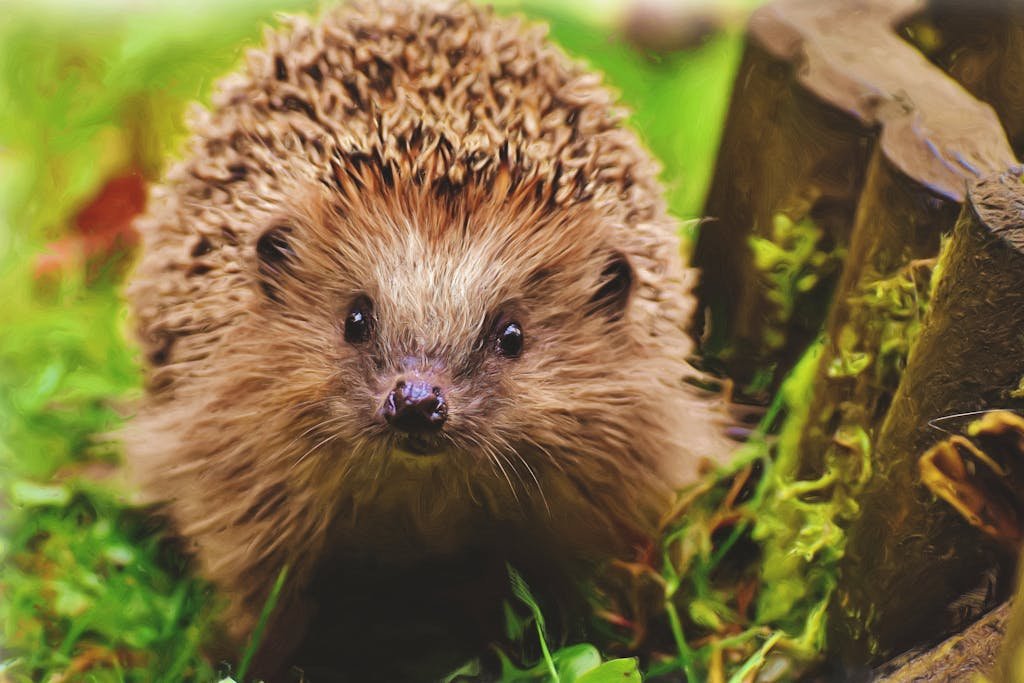

Next Steps
February is the bridge between winter’s sleepy slumber and spring’s grand entrance—each passing day, the garden wakes up just a little more. It’s time to lean in, listen, and take those small but mighty steps toward a thriving season ahead.
Keep a weather eye – Frost is still lurking, ready to ambush eager seedlings. A little fleece or a cloche can mean the difference between a flourishing plant and a sad, wilted dream.
Start weekly garden check-ins – Think of it as a love letter to your future harvest. A quick stroll, some note-taking, and a few small tasks now will save you from a springtime scramble.
Watch for the first whispers of spring – The first crocus peeking through the soil, a blackbird singing a little louder—nature’s soft-spoken hints that warmer days are near.
Test stored seeds – Not all heroes wear capes, and not all seeds sprout. Give them a simple viability test (hello, damp paper towel trick!) to make sure they’re ready for action.
Start a weather diary – Tune into the rhythm of your garden. Not only does it help predict future planting windows, but it’s also a beautiful way to connect with the land, year after year.
With each tiny effort, you’re sculpting the future of your garden—laying down the roots of a lush, bountiful, and utterly breathtaking season ahead. And trust me, your future self (sipping iced tea in a flourishing paradise) will thank you!
February weather can be unpredictable—always have horticultural fleece on hand to protect delicate plants. This month is about preparation and timing, setting the stage for a successful growing season ahead. With thoughtful planning and steady progress, your garden will be thriving as spring arrives!
Conclusion
February is the quiet drumroll before spring’s grand symphony, the last stretch of winter where every gardener with a dream starts making magic happen. It’s not about instant gratification—no lush, overflowing beds just yet—but rather about laying the foundation for the abundance to come. Think of it as writing love letters to your future garden, one small act at a time.
This month, preparation is everything. The weather? Utterly unpredictable. One day, the sun teases you with hints of warmth; the next, frost sweeps in like an uninvited guest. That’s why horticultural fleece should be your best friend—tuck in those delicate plants when temperatures dip, and you’ll save yourself heartache later. The difference between a thriving spring garden and one full of setbacks often comes down to foresight and timing.
Each seed sown indoors, each bed enriched with compost, and each careful pruning cut—it’s all part of the bigger picture. Gardening isn’t just about the final bloom; it’s about these quiet, persistent efforts. The steady, thoughtful work you put in now will soon transform into sun-drenched mornings surrounded by life, color, and the sweet reward of homegrown abundance.
So embrace February’s slow, deliberate pace. Plan your plantings, check your tools, listen to the whispers of nature waking up. Because when spring arrives, you won’t just have a garden—you’ll have a masterpiece in the making.




